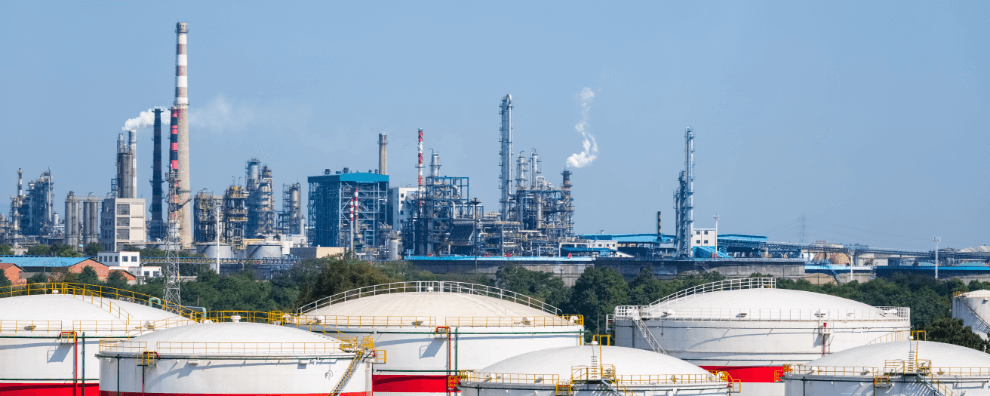
Written by J.C. Arènes
VP Sales & Service
Dec. 12, 2023
In gas analysis, extractive analyzers continue to play a key role despite advancements in in-situ methods. This article delves into three principal extractive sampling strategies: Cold-Dry, Hot-Wet, and Dilution Extractive.
It highlights the unique advantages and drawbacks of each, focusing on aspects like moisture control, gas composition integrity, and equipment requirements.
The content is pivotal for deciding on the most suitable technique for specific analytical applications.
What you’ll learn:
Distinct Methods: Insights into Cold-Dry, Hot-Wet, and Dilution Extractive approaches.
Advantages and Challenges: Each method’s strengths and limitations.
Selection Criteria: Guidelines for choosing the appropriate method for various applications.
While tremendous progress has been made in the area of in-situ gas analysis, extractive analyzers still perform most applications. Extractive analyzers require that a portion of the gas stream be transported from the process to the analyzer system. There are three commonly used system designs to address this challenge.
1. Cold-Dry Extractive.
In a cold-dry extractive system, the dew point temperature of the sample gas is controlled to a point well below the analyzer’s operating temperature. This is commonly done by passing the process sample through a heat exchanger, which drops the gas temperature down to the desired dew point temperature. For example, suppose the analyzers are housed in a temperature-controlled room or enclosure with a minimum ambient temperature of 20°C. In that case, one might set the heat exchanger (or chiller) to a temperature of 5°C or less. As the process gas passes through the heat exchanger, any components that may condense at a temperature above 5°C will drop out of the gas as a liquid. The dried gas will then continue on to the analyzer with no risk of condensation.
Advantages
- The main advantage of using this technique is that it allows the use of any unheated analyzer technology.
- Additionally, if the sample contains a high degree of water (like the flue gas from a combustion process), removing it allows the use of infrared gas analyzers that would normally experience a high degree of interference from the water vapour.
Disadvantages
- Disadvantages include the fact that the chiller may produce a significant amount of liquid condensate, which must be disposed of safely.
- Additionally, the loss of some water-soluble components (like SO2) may occur while passing through the chiller. If these are the analytes of interest, then another technique may be preferable. Finally, one must consider the fact that this approach alters the composition of the sample gas, in some cases quite significantly if there was a high concentration of water and/or high dew point components.

Is your gas analysis method holding you back?
Discover how switching techniques can unlock new potential.
2. Hot-Wet Extractive.
In a hot-wet extractive system, rather than controlling the dew point of the sample gas, the entire system is maintained at a temperature well above the dew point. Doing so eliminates the possibility of condensation in the system but may require the sample system temperature (and that of the analyzers) to be quite elevated.
Advantages
The main advantage of this approach is that the risk of condensation in the analyzers is eliminated.
Additionally, since no components were condensed out of the sample, the gas composition remains unaltered.
Disadvantages
- The disadvantages are that this approach limits the choice of analyzer manufacturers to those which offer heated systems.
- There is also a technology limitation in that keeping the water vapour in the sample may preclude the possibility of using infrared gas analyzers due to the interference in that region of the electromagnetic spectrum.

3. Dilution Extractive.
A dilution system, as the name suggests, relies on dilution of the process sample with a clean, dry gas to lower the overall sample dew point temperature.
Advantages
Advantages include the fact that the dilution is typically done at the sample takeoff point, allowing the ability to transport the sample in an unheated line.
An added benefit is that dilution reduces the overall concentration of corrosive components, which may help reduce damage to the system and analyzer-wetted parts.
Disadvantages
Dilution systems also have disadvantages, including the need for a continuous supply of clean, dry dilution gas.
The dilution ratio must be controlled very precisely to avoid introducing what may amount to a significant error in the calculated results.
Finally, as the dilution system reduces the concentration of the process sample components, it may require the use of specialized analyzers capable of measuring at very low concentrations.

Ready to tackle gas sampling like a pro?
See how our methods can elevate your analytical applications.

Selecting the ideal extractive gas sampling technique is a critical and nuanced decision, hinging on a detailed understanding of each method’s unique capabilities and constraints. These diverse system designs each present their own set of benefits and challenges, demanding careful consideration tailored to specific analytical requirements. At Novatech, our expert team is ready to guide you through this intricate decision-making process. With their extensive knowledge and experience, they will ensure that your choice is appropriate and aligned with your specific analytical objectives.
Be the first to read our articles

Written by J.C. Arènes
VP Sales & Service
Write to me at: arenesjc@novatech.ca

